His flying career reached its end just three years after he joined the Royal Auxiliary Air Force (RAuxAF). But the events surrounding his fate, and his extraordinary show of composure and determination during his darkest times, are memories that have lived on for years after his demise.
Born in Stanmore, Middlesex, Gordon “Mouse” Cleaver joined the RAuxAF in 1937, becoming a part of the No. 601 Squadron RAF.
Before World War II began, Cleaver was already famous in the skiing world, having won the inaugural World Cup Skiing competition at Hahnenkamm. He remains the only British skier to have won at Kitzbühel, Austria.
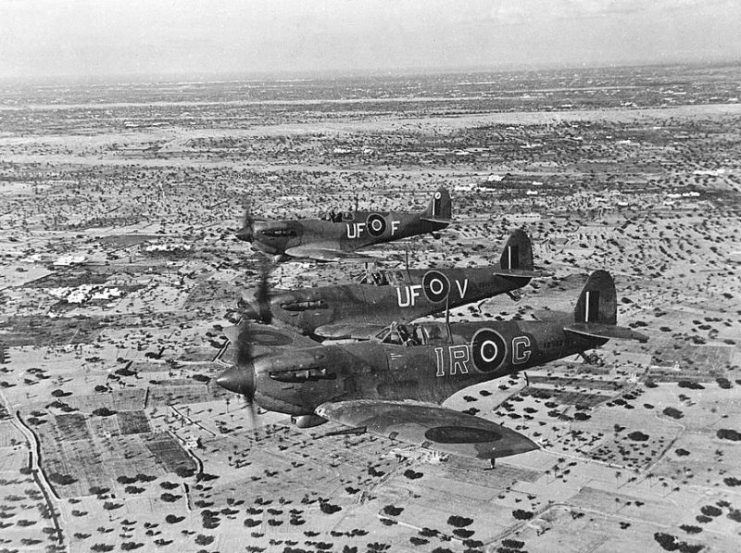
On May 10, 1940, Germany broke through the borders of France and an intense battle ensued. With the French government in need of help from its allies, Great Britain was readily available. Thus, on May 16, Cleaver was on his way to Merville, France. This began his real test of gallantry.
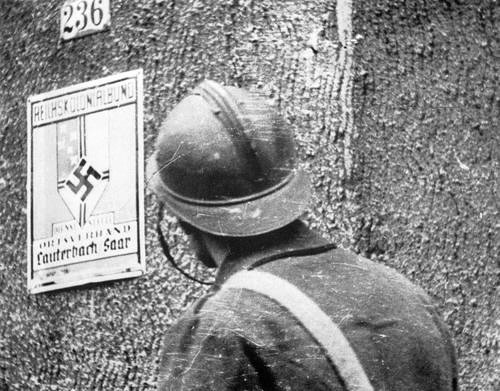
As the battle for France raged on between the invading Nazis and the defending Allies, the fall of France loomed around the corner. On May 18, just two days after Cleaver’s arrival, No. 601 Squadron met the Luftwaffe’s KG 76 a few miles west of Mons.
During the ensuing hostilities with the German bomber group, Cleaver, alongside Flight Lieutenant Archibald Philip Hope, struck down a Dornier Do 17. The crew of the downed aircraft was found and captured.
On the next day, during an attack over Douai, Cleaver’s Hurricane was struck by debris from a Heinkel He 111. The impact caused him to force-land near Lille.
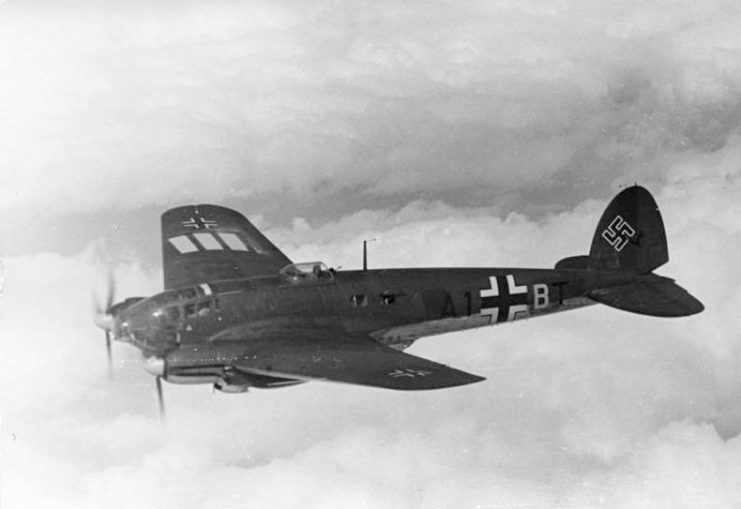
With Germany dominating the Allies in France, the Dunkirk evacuation was launched on May 26. During this operation, over 330,000 Allied soldiers were evacuated.
No. 601 Squadron took part in the operation. On May 27, during engagements over Dunkirk, Cleaver in his Hurricane fought against Messerschmitt Bf 110s, striking down two of these Luftwaffe heavy fighters.
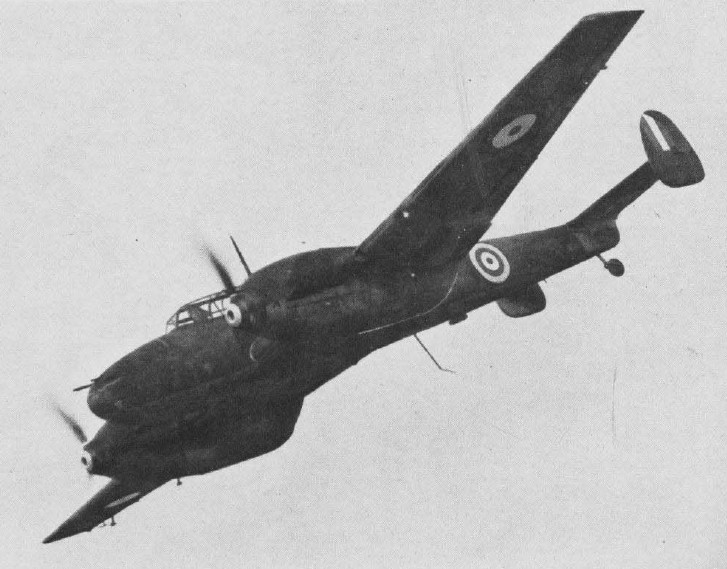
With the fall of France becoming a reality and the morale of the Nazis now towering, Hitler decided to launch an invasion of the United Kingdom. The planned operation was called Operation Sea Lion.
As a prelude to the potential assault, the Fuhrer initiated a bombing campaign over Britain’s airspace. Accordingly, the Luftwaffe launched attacks on Britain in a bid to cripple the British Royal Air Force and establish aerial supremacy over the United Kingdom.
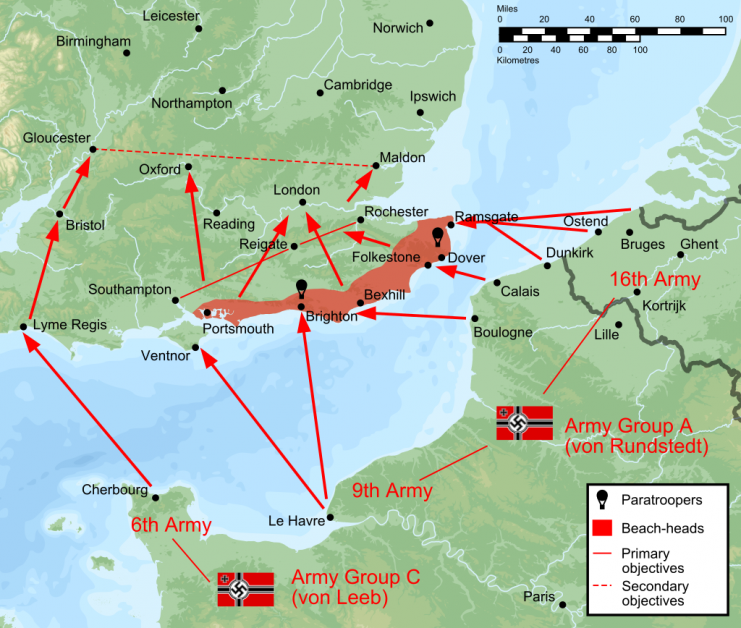
Operation Sea Lion
On July 10, 1940, the Battle of Britain began. By this time Cleaver, who had already gained a wealth of combat experience from his operations in France, was stationed at the RAF base at Tangmere.
On July 11, as the Germans battled the British for dominance, Cleaver scored a victory against a Ju 87 dive bomber. That same day, he also engaged a He 111, but the destruction of the aircraft was not confirmed and the He 111 was therefore put on Cleaver’s record as a “probable.”
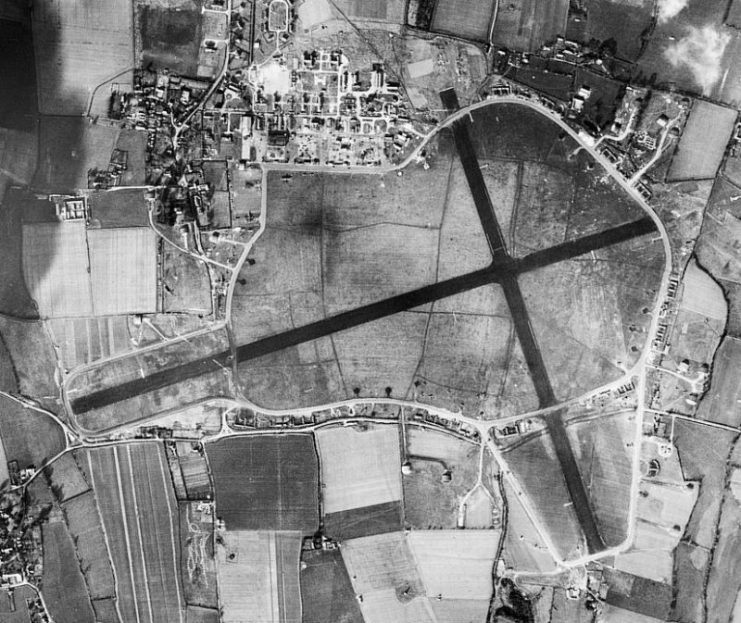
He destroyed a Bf 109 on July 26. Between August 11 and 13, two Bf 110s and one Bf 109 were recorded as “probables” on his list of downed enemy aircraft.
RAF Tangmere suffered its first and most intense enemy attack on August 16. Hundreds of Junkers Ju 87 dive bombers surged across the English coast, bringing the heat to Tangmere.
The RAF aviators took to the air, setting off an explosive clash with the Luftwaffe. The German bombers destroyed several buildings, killing six civilians and fourteen ground staff.
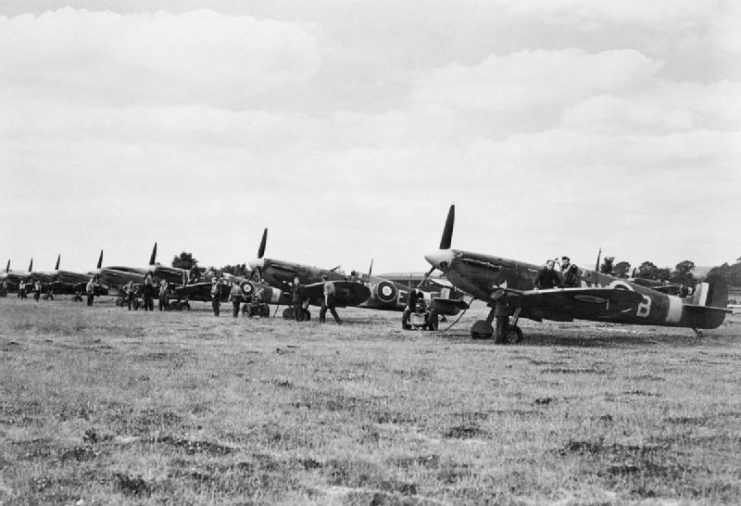
As the skies shook with the raging gunfire of warring aircraft, Cleaver led his unit with courage and determination. He gunned down one of the enemy fighters but in the process, his Hurricane was struck by cannon shells.
The impact devastated the Hurricane’s Perspex canopy, throwing splinters of the shattered Perspex into his face. Cleaver had not worn his airman’s goggles during this engagement, and this proved to be an error on his part as his eyes had no protection against the flying splinters.
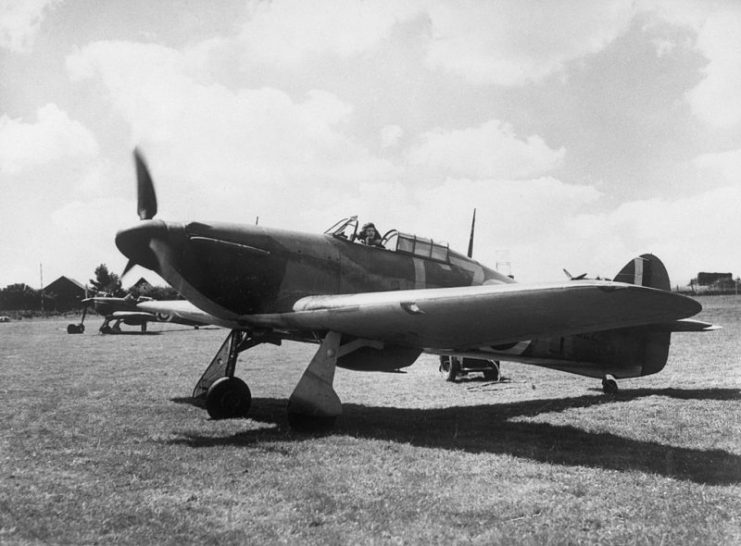
Cleaver could have immediately parachuted to safety. But according to the citation from his Distinguished Flying Cross (DFC), Cleaver managed, with great difficulty, to successfully land his damaged Hurricane.
He was promptly taken to Salisbury Hospital where it was discovered that his right eye had gone blind and his left eye had very little vision remaining. As a result, this battle would mark the last time he ever flew a plane.
By the time of this incident, Cleaver was an ace, having recorded seven confirmed “kills.” For his dedication and achievements, Cleaver was awarded the Distinguished Flying Cross.
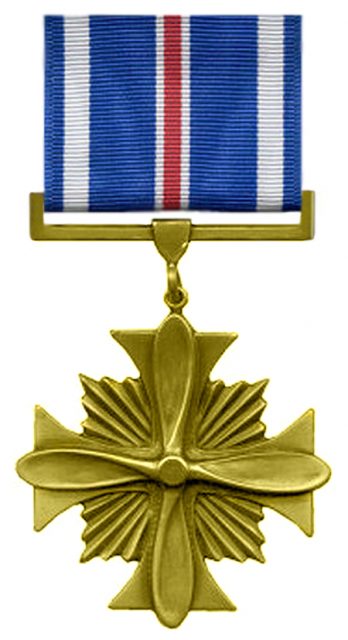
Cleaver continued to serve in the military despite his condition. However, he was moved to ground duties in the administrative branch of the RAF. On November 9, 1943, he was released from the RAF on the grounds of his medical condition.
Cleaver went through eighteen surgeries on his face and eyes at several medical centers in the south of England to remove the bits of Perspex embedded in his eyes. His left eye was slightly improved, but his right remained irredeemable.
Read another story from us: Operation Sealion: Hitler’s Doomed Plan to Invade Britain
During his treatment, he met with the ophthalmologist Sir Harold Ridley. Cleaver’s condition was particularly paramount in Ridley’s development of the intraocular lens because it provided Ridley with the insight that the Perspex in Cleaver’s eyes did not cause further irritation. This critical information led to the first-ever intraocular lens implant to treat cataracts.
